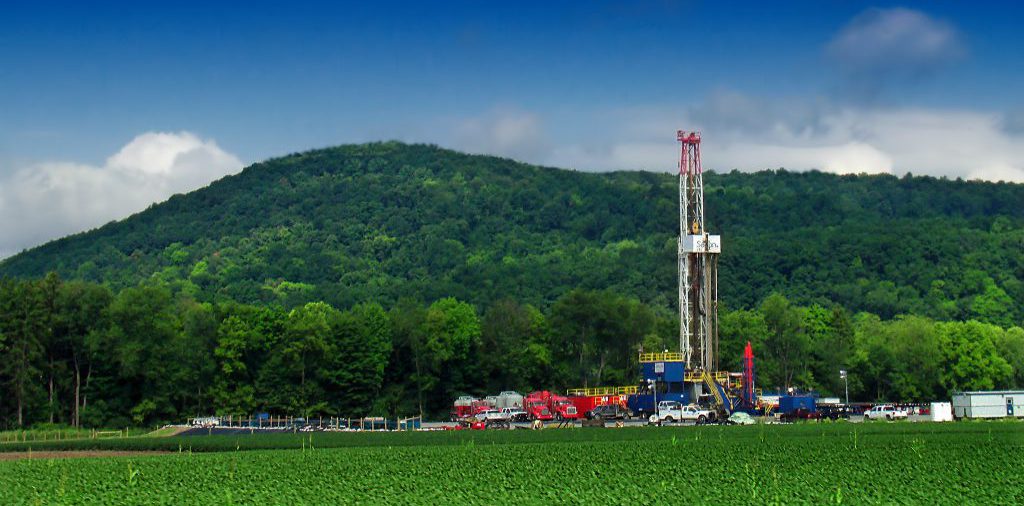Production rose again last year in the Marcellus shale play, which continues to reign as the most productive shale region in the United States, according to data from the United States Energy Information Administration’s (EIA) Drilling Productivity Report.
In December, the Marcellus play produced 18.3 million cubic feet of gas per day. The second most productive play, the Permian basin in Texas, produced only 7.4 million cubic feet per day. December’s total capped off a year in which Marcellus shale once again produced significantly more gas than any of the other seven major shale plays across the United States.
A play refers to natural gas fields or prospects in the same region that share similar geological characteristics. The Marcellus shale play lies under parts of West Virginia, Ohio, Pennsylvania and upstate New York. Southwestern Pennsylvania is one of its most productive regions.
The Marcellus play’s dominance is due to several factors. The gas produced, for example, is richer in heavier hydrocarbon compounds, such as ethane, which companies can sell separately for additional earnings. Another factor is the region’s location as a gateway to processing facilities in the Northeast and Midwest.
“With natural gas prices in its pure form relatively low, it’s much more advantageous to produce those natural gas liquids,” said Corey Young, director of the Center for Energy Policy and Management Washington and Jefferson College.
Fewer new wells
Production in the Marcellus shale play has steadily increased since 2008 despite a sharp drop in the number of rigs and new wells. The “rig count,” or the number of rigs and completed wells, reflects exploration and development, but not production.
“Don’t be fooled,” said Young. “They’re pumping out like crazy even if the employment numbers are down and the rig count is meager. Companies have gotten a lot better at either re-fracturing wells that are already drilled or just becoming more efficient at how they operate the rigs and do new well development.”
Recent data indicate the trend is spilling over into the new year. The Marcellus shale play is estimated to produce 18.4 million cubic feet per day this month – slightly more than December’s yield and more than double the production of the next most productive region in the nation.





